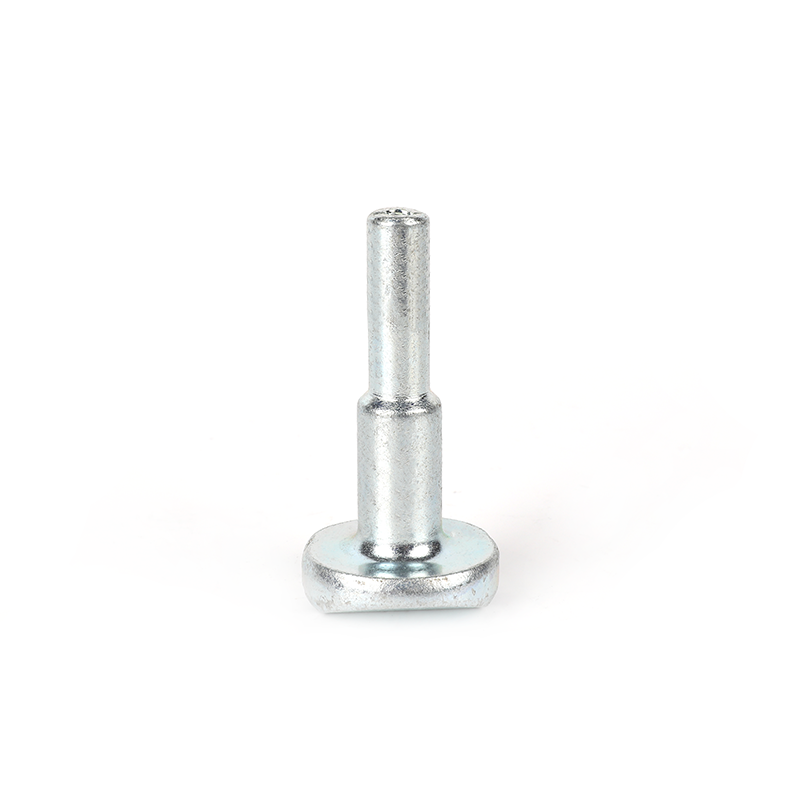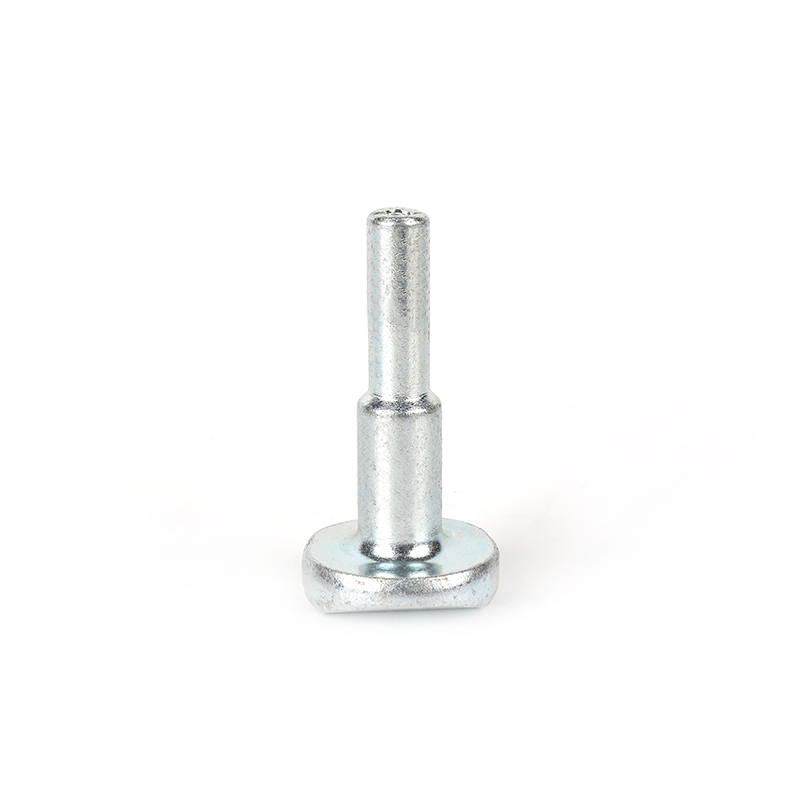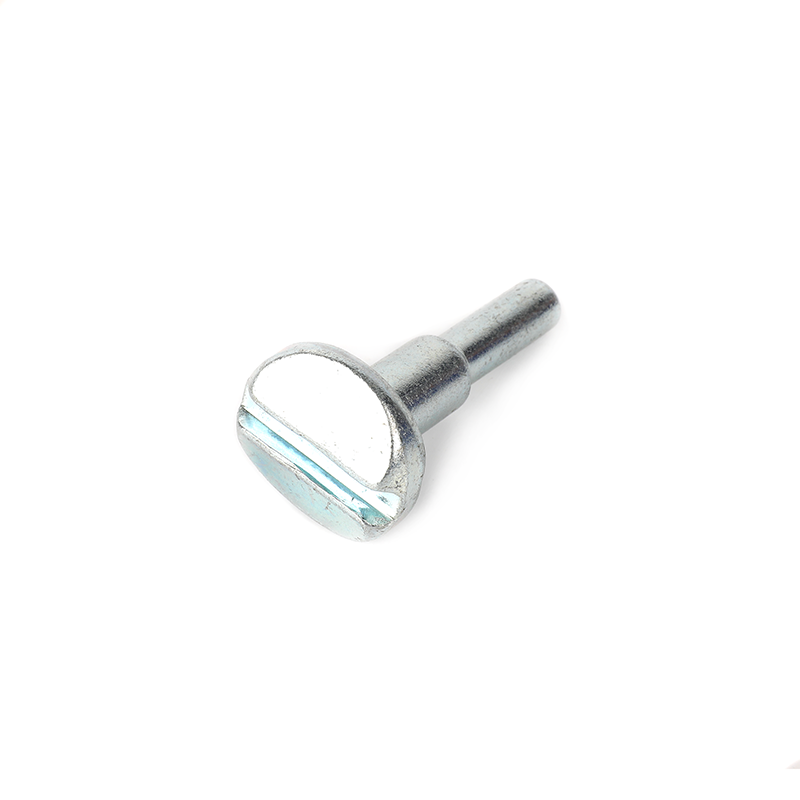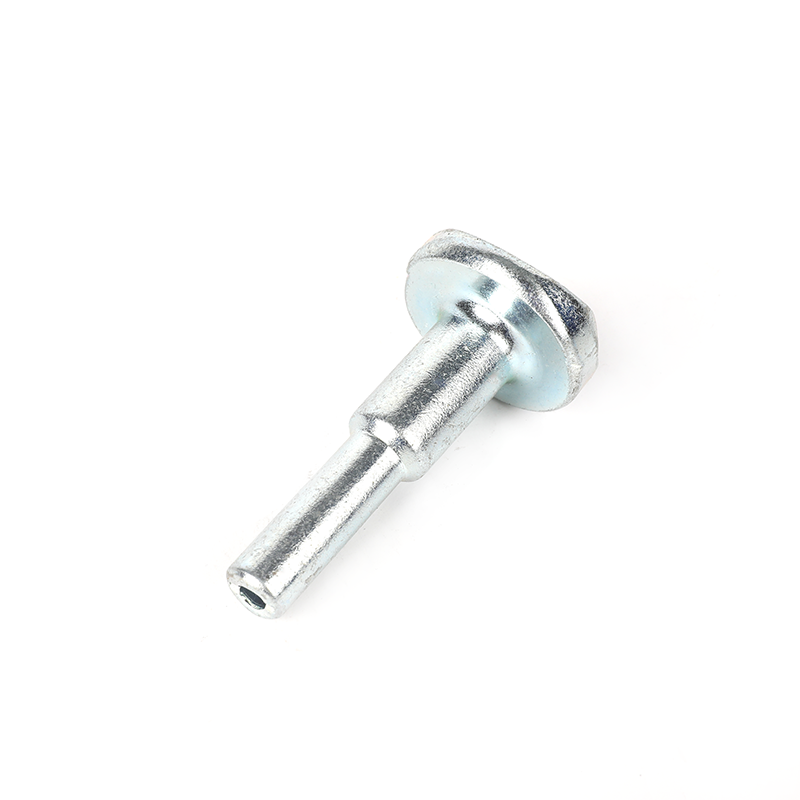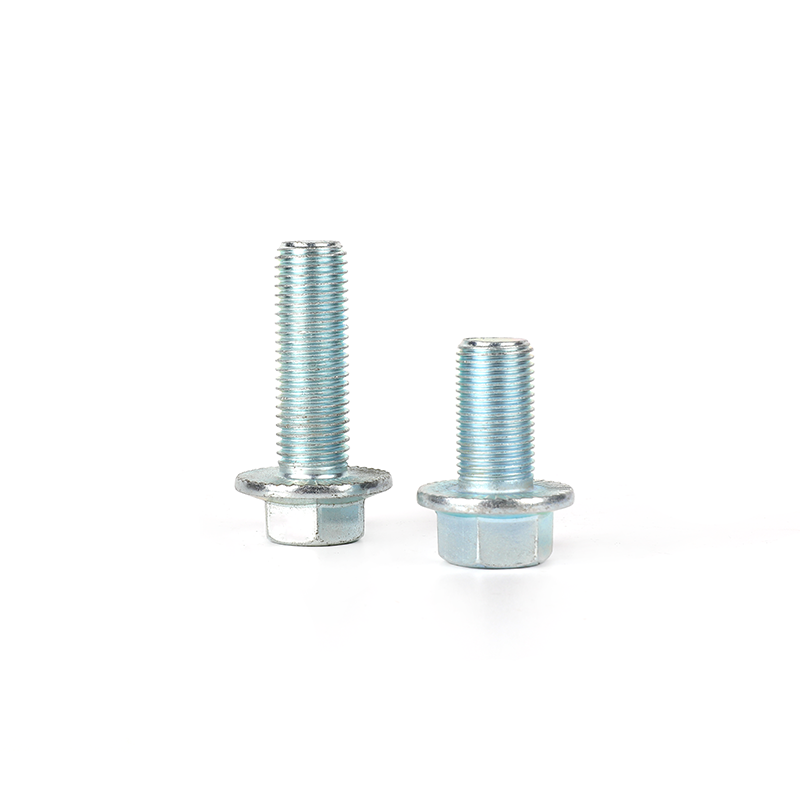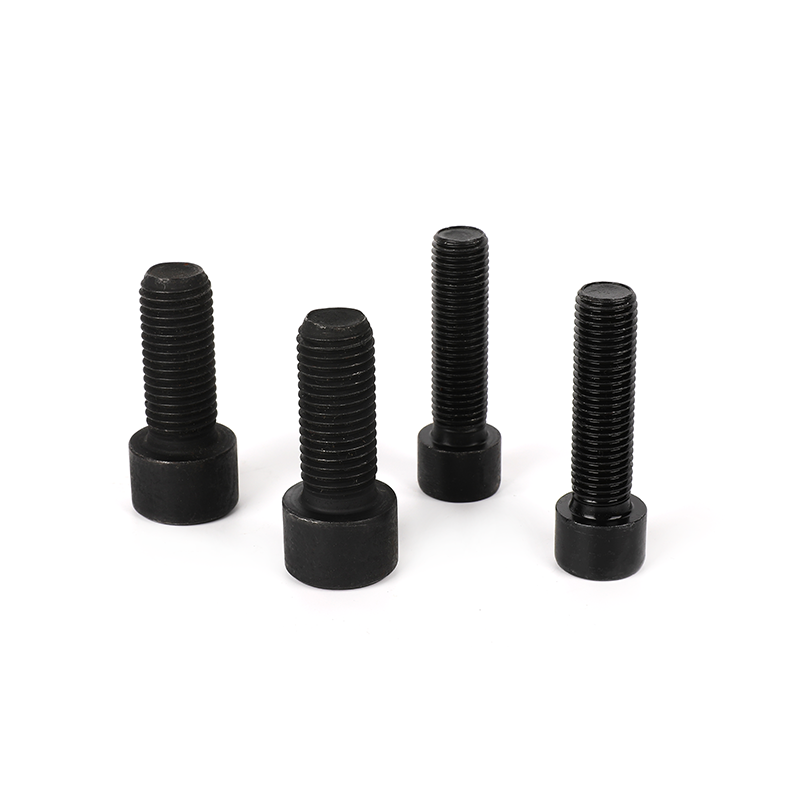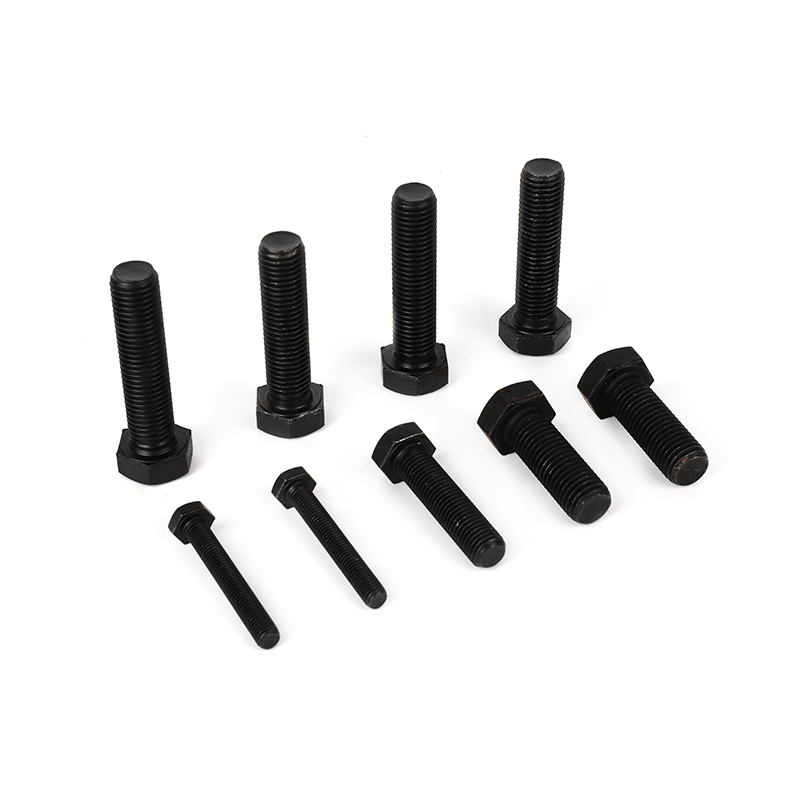How does the slotted design of zinc plated slotted special-shaped bolts screws promote tool engagement?
Slot Configuration:The slotted design typically features a groove or slot on the head of the bolt or screw. This slot is engineered to accommodate a specific type of tool, such as a flat-bladed screwdriver.
Tool Compatibility:The slotted design allows the use of common tools, such as flat-bladed screwdrivers, which are widely available and easy to use. This enhances the accessibility of the fasteners for a broad range of applications.
Ease of Alignment:The slot provides a visual guide for aligning the tool with the fastener. Users can easily position the tool within the slot, ensuring proper engagement for torque application.
Universal Tool Application:Slotted designs are versatile and can be engaged with a variety of tools, including manual screwdrivers, power screwdrivers, and other devices with flat-bladed attachments. This versatility makes them suitable for different tooling options.
Straightforward Installation:The slotted design simplifies the installation process. Users can easily insert the tool into the slot and apply the necessary torque to tighten or loosen the fastener.
Accessible in Tight Spaces:Slotted fasteners are often more accessible in tight or confined spaces compared to recessed or proprietary designs. This can be advantageous in applications where space constraints limit the use of certain tools.
Commonality in Designs:The slotted design follows a simple and traditional approach, making it a common choice for various applications. This familiarity ensures that users are accustomed to the tool engagement method.
Adjustable Torque Application:Using a slotted tool allows for adjustable torque application. Users can control the torque manually, making it easier to achieve the desired level of tightness without the need for specialized torque-limiting tools.
Maintenance and Field Repairs:The simplicity of the slotted design makes it practical for maintenance and field repairs. In scenarios where specialized tools may not be readily available, a basic flat-bladed screwdriver can be used.
Cost-Effective Tooling:Slotted designs typically do not require specialized or costly tooling. Common hand tools, such as flat-bladed screwdrivers, are cost-effective and widely accessible.
Visual Inspection:The slot allows for easy visual inspection to ensure proper engagement and alignment of the tool with the fastener. Users can visually confirm that the tool is securely seated in the slot.
While slotted designs offer simplicity and versatility, they may have limitations compared to more modern and specialized fastener designs, especially in terms of torque control and resistance to cam-out. The choice of a slotted design should be made based on the specific requirements of the application and the ease of tool engagement in the given context.

